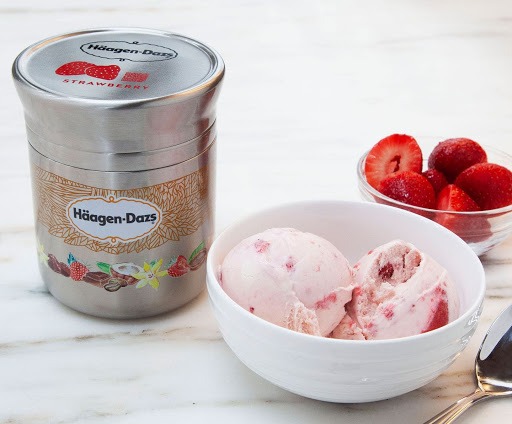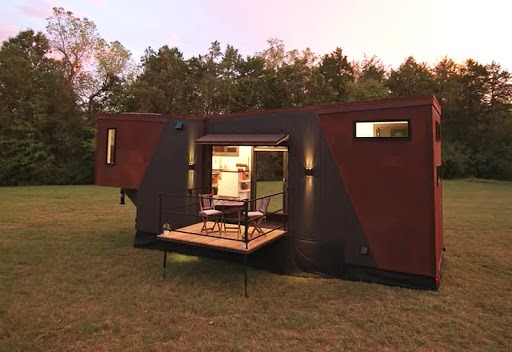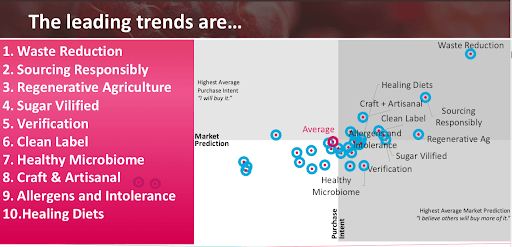The Waste Reduction Movement
Consumers are talking more and more about waste reduction these days, looking even more closely at product and food labels, technology & devices, and nearly anything that is part of our daily lives and routines. Because of this, brands are having to act fast and join the movement if they want to stay relevant in the minds of consumers—and in a way that’s also authentic to their own brand and mission. Otherwise, consumers will likely see right through their efforts. Food producers and manufacturers are especially under pressure to find ways to reduce both plastic packaging and food waste.[1] The USDA estimates that 30 to 40 percent of the country’s food supply ends up in landfills.[2] And the amount of packaging waste in the United States surged 185% from 1960 to 2015, from 27 million tons to nearly 78 million tons.[3]
So it doesn’t come as a surprise that more and more brands are integrating reduce, reuse, recycle principles into their business models, products, packaging and beyond—resulting in crafty solutions that squeeze out the most value from materials and ingredients. All the while not compromising on design or overall product experience. Quite the opposite, actually—refining a product’s attributes can provide an ideal opportunity to also enhance its presentation.
While waste-conscious items are becoming increasingly available to consumers on shelves of common shopping destinations like Target and Whole Foods (think boxed water or bar shampoo), one independent brick and mortar is taking the concept one step further. Meet Tare Market. Situated right in our very own backyard of Minneapolis, Tare is Minnesota’s first zero-waste shop—a concept that’s been popular and successful outside of the US for years, and just starting to see some traction here. You won’t find any packaging here as this refill shop has one mission—to provide eco-friendly products and educational resources that will help you live a more sustainable, zero-waste lifestyle. In addition to shopping for household items, makeup, food and supplements, Tare offers educational classes and resources — from Indoor Worm Composting to Cloth Diapering — to help shoppers adopt their mission outside of its store walls.

In a similar spirit of bringing brands together under one roof, only on a larger scale, is a 2019 collaboration called Loop. Loop is a partnership between grocery giant Kroger, Walgreens, UPS and TerraCycle, a waste management firm. It brings consumers a more innovative, waste free grocery experience. Think Haagen-Dazs ice cream in metal containers and Nature’s Path granola in glass jars. Most items cost roughly the same as they would in a store. They come in less traditional packaging—and all purchases flow through their online site. True to its name, Loop sanitizes and ships reusable containers back to the brands after use and the cycle starts over again. Now that’s what we call a waste win!

Other big brands are embracing waste reduction in their own ways. In October of 2018, Dunkin’ Donuts released its experiential tiny house that runs completely on Dunkin’ coffee grounds, via a partnership with Airbnb. In contrast to physical products for purchase, Dunkin’ brought “waste-conscious” to life through a memorable and engaging social media rich experience. Fun fact: Every 170 pounds of spent coffee grounds yields about one gallon of fuel and is used in a standard biofuel generator to power the tiny house.
What’s Happening
- According to New Hope Network’s 2019 Informa Study, Waste Reduction is ranked as the #1 leading trend across all consumer segments.
- The global cost of food waste is estimated to be nearly $1 trillion a year, with up to 25% of residential waste arising from inadequate packaging.

Key Takeaways
It’s clear waste reduction-minded produce and products are no longer something you see solely at your local co-op or independently-run stores and niche websites. Big players, like those involved in Loop, are on the rise, making it clear any brand or business, big or small, is eligible to join the conversation. Whether it’s a physical product tweak or experience like the tiny house, tapping into the fact that 84% of customers say the experience a company provides is as important as its products and services, is key to success.
[1] https://trends.sustainability.com/food-agriculture/
[2] https://www.eventmarketer.com/article/brands-tackling-event-food-waste-challenges/
[3] https://www.washingtonpost.com/business/2019/05/23/big-brands-are-cutting-packaging-waste-inspired-by-boomer-era-strategy/

